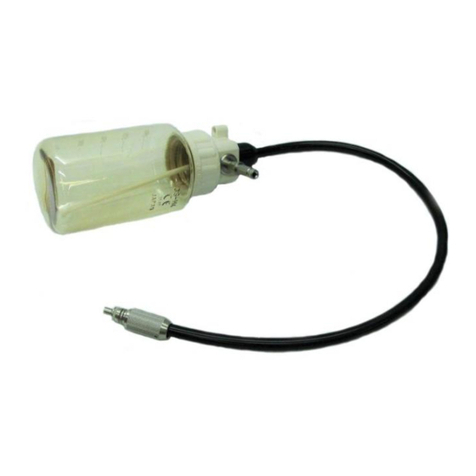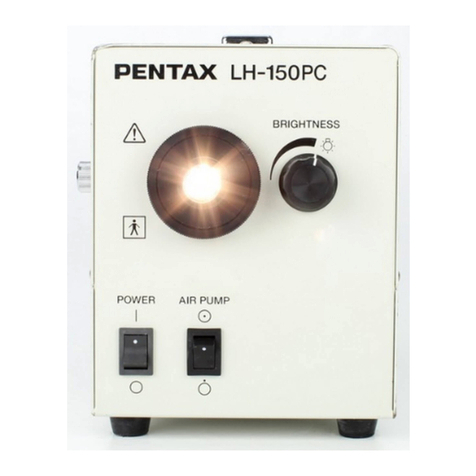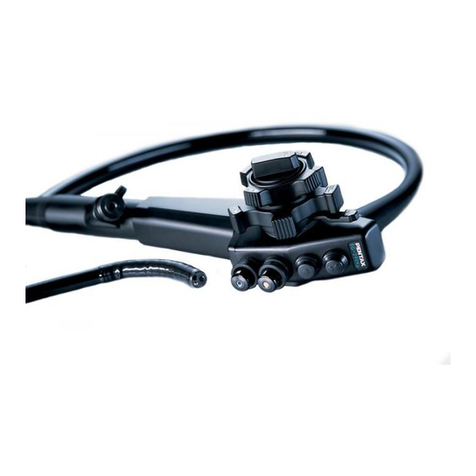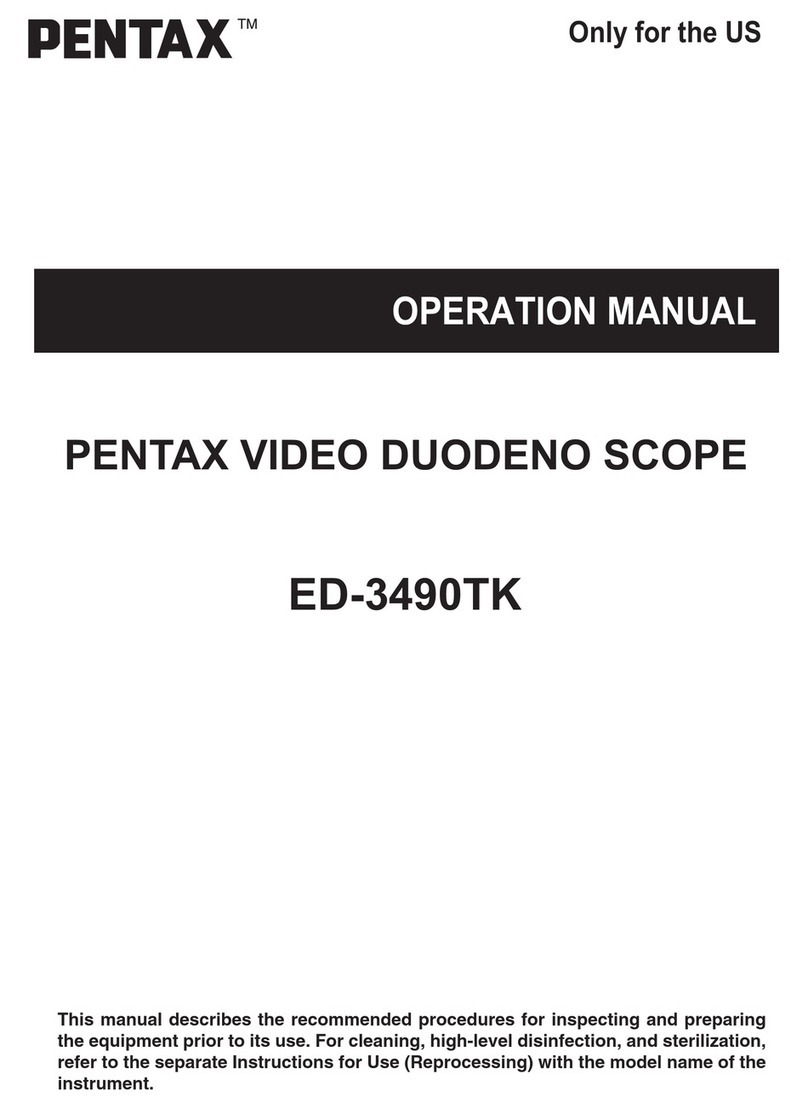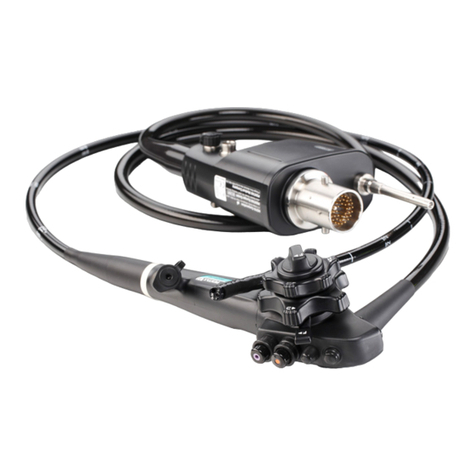
Revision: B 10 D04-IFU-0001400
3. After completing the soaking procedure, remove the devices from
the basin of detergent solution and rinse them thoroughly under
lukewarm, running tap water for a minimum of one minute.
4. Clean the devices with a general purpose detergent for healthcare
facilities, prepared in accordance with the manufacturer’s
recommendations. (Note: The cleaning validation study was
performed using Manu-Klenz® from Steris Corporation.)
5. Use a soft-bristled brush to manually clean the device while it is
immersed in the general purpose detergent solution, concentrating
on any crevices, seams, or other surface discontinuities.
6. Rinse the device thoroughly under lukewarm, running tap water for
a minimum of one minute.
7. Dry the device with a clean, soft cloth.
3-2-2 High Level Disinfection
There are two options for high level disinfection:
•Totally immerse the device in a 2.4% Glutaraldehyde prepared as
recommended by the manufacturer, for 45 minutes at 25ºC.
•Totally immerse the device in a CIDEX® OPA, prepared as
recommended by the manufacturer, for 12 minutes at 20ºC.
3-2-3 Sterilization
autoclave. Exposure to temperatures greater than 60˚C
can damage the device and render it unusable.
There are three options for sterilization:
•Totally immerse the device in a 2.4% Glutaraldehyde solution for
the time and at the temperature recommended by the manufacturer
to achieve liquid chemical sterilization.
•Use Ethylene Oxide (EtO) according to the following parameters:
•EtO concentration: 600 ±30 mg/L
•Humidity: 70% ±5%
•Exposure: 240 minutes
•Degas at standard cycle: 12 hours at 55ºC ±2ºC






